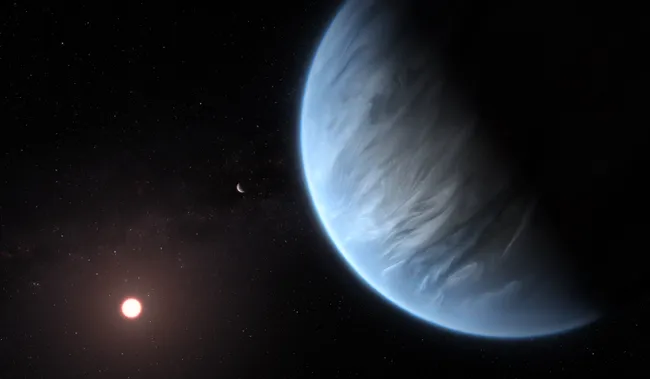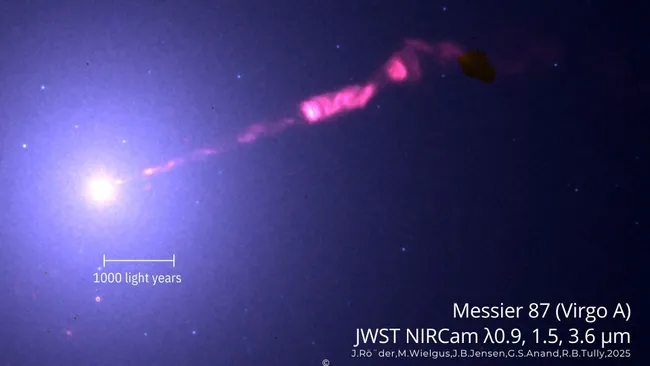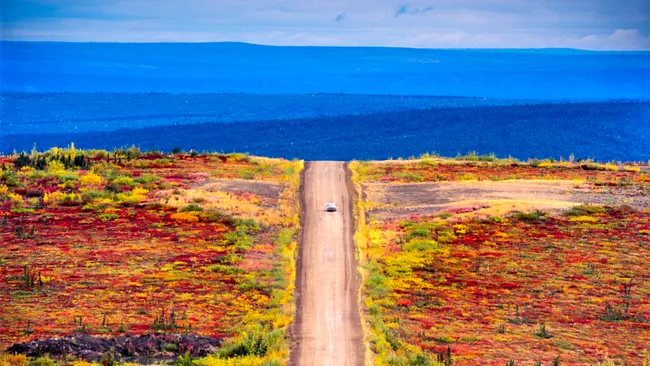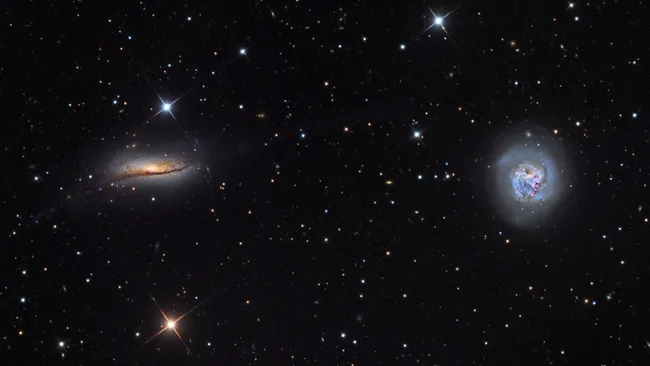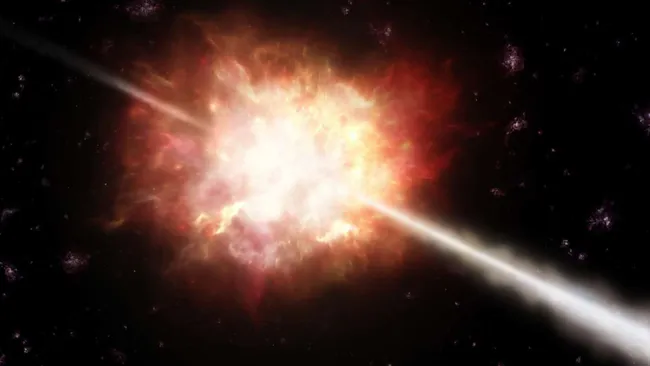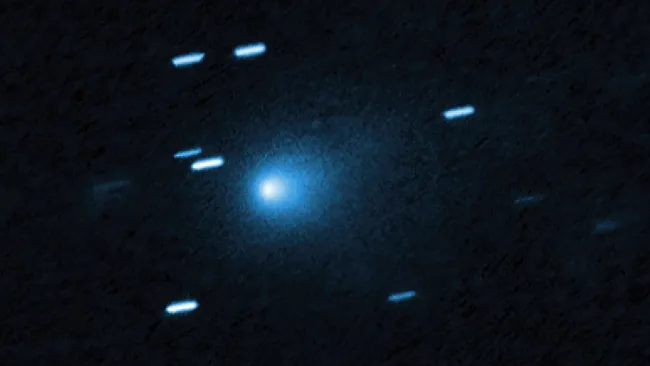The saga surrounding Neptune-sized super-Earth exoplanet K2-18 b just became significantly more intriguing. This world, orbiting a red dwarf about 124 light-years away, may actually be a water-rich ocean planet — increasing its chances of being habitable.
Although no direct biosignatures have been confirmed yet, the James Webb Space Telescope (JWST) has revealed that K2-18 b likely contains large amounts of liquid water. This points to the possibility of it being a “Hycean” world — a term referring to ocean planets with hydrogen-rich atmospheres.
“This has certainly increased the chances of habitability on K2-18 b,” said Nikku Madhusudhan, an astrophysicist at the University of Cambridge and the lead researcher behind both the planet’s original discovery and this new study. “This is a very important development and further increases the chance of a Hycean environment in K2-18 b. It confirms K2-18 b to be our best chance to study a potential habitable environment beyond the solar system at the present time.”
The debate over K2-18 b’s potential for life began in April 2025, when Madhusudhan’s team suggested the strongest evidence yet of extraterrestrial life might have been detected there. The hypothesis was based on signs of molecules like dimethyl sulfide and dimethyl disulfide — known on Earth to result from biological processes — detected tentatively in the planet’s atmosphere.
To confirm the initial signs, the researchers observed K2-18 b as it transited its star on four separate occasions. These transits, when a planet passes in front of its star from our point of view, allow scientists to analyze the starlight filtered through the planet’s atmosphere.
“Using four additional transit observations with JWST, we measured K2-18 b’s atmospheric spectrum with unprecedented precision,” explained Renyu Hu, the study’s co-lead and a scientist at NASA’s Jet Propulsion Laboratory. “The spectrum allowed us to conclusively detect both methane and carbon dioxide in the planet’s atmosphere and to constrain their abundances. This information points to a planet with a water-rich interior.”
The discovery reinforces K2-18 b as one of the most compelling candidates for further study in the search for life outside the solar system.

